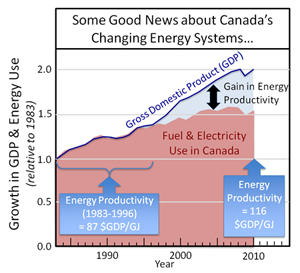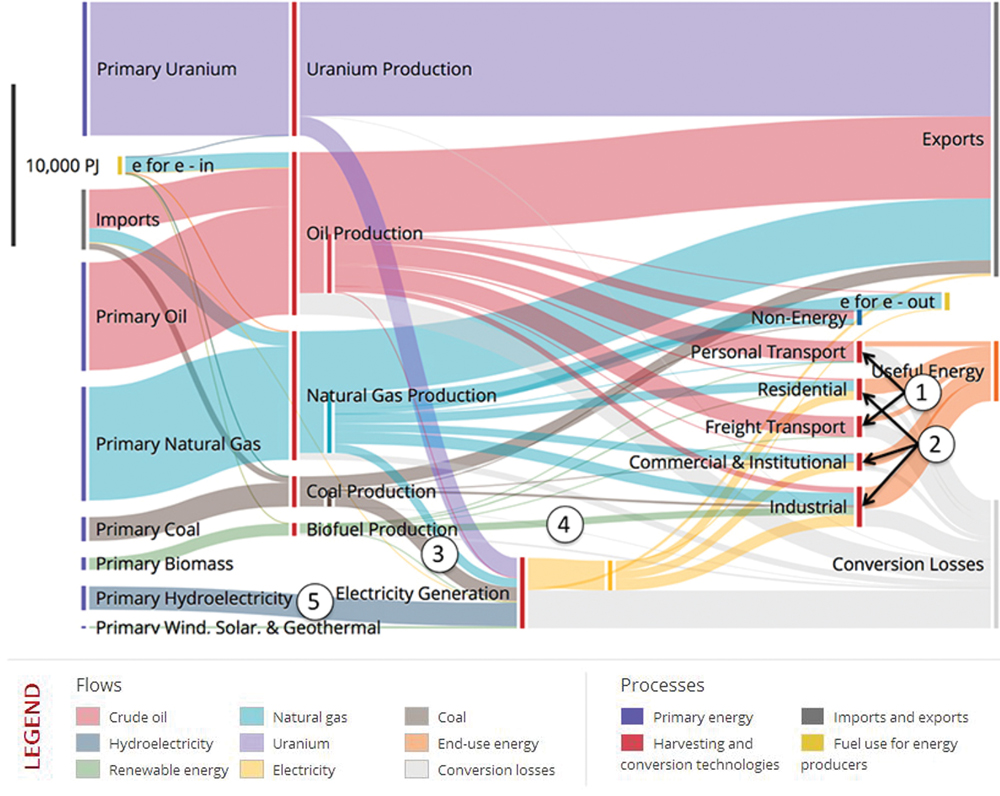An innovative new research initiative is making a wealth of information available to researchers and the general public on how energy systems in Canada operate. Complete with rich graphics and thoughtful analysis, the services may assist companies active in the energy business to explain complex aspects of the energy system to members of the general public unfamiliar with the field.

The new collaboration, CESARNET – the Canadian Energy Systems Analysis and Research Network, is based at the University of Calgary, under the direction of David Layzell. Visitors may find the visualization tools there particularly amusing and useful.

Ralph Torrie and David Layzell recently posted a blog, titled “The Secret Life of Canada’s Energy Systems,” with a number of observations arising from the data. For example, they make the following comments:
“With all the attention paid to the growth of oil and gas production for export, it is easy to lose sight of the other side of Canada’s energy story in recent years: the dramatic increase in the productivity of fuel and electricity use in the domestic economy. ... Within the Residential Sector: While houses have been getting bigger and the number of people per house has been declining, these trends have been more than offset by ongoing improvements in the energy efficiency of dwellings. Within the Commercial and Institutional Sector: Improvements in the energy efficiency of commercial buildings since 1995 have been significant, but there has been an equal contribution to increasing energy productivity associated with the declining amount of floor area required per dollar of value creation in this part of the economy. Within the Personal Transport Sector: People have chosen larger vehicles and drive them more, but since 1995, this has been more than offset by improved fuel efficiency of these vehicles. Sectoral Differences: While energy productivity has risen in most sectors of the economy since 1995, in the mining and fossil fuel industries the fuel and electricity consumption per dollar of output has been increasing.” The bloggers note that, “These questions take us outside the normal boundaries of the business and public policies that relate directly to fuel and electricity production and consumption (or climate change mitigation) and into the broader economy where many underlying forces are at work to shape our energy systems.”
Users may register on the site to receive regular updates, notices of new content and to participate in a conversation about Canada’s energy future: www.cesarnet.ca.
